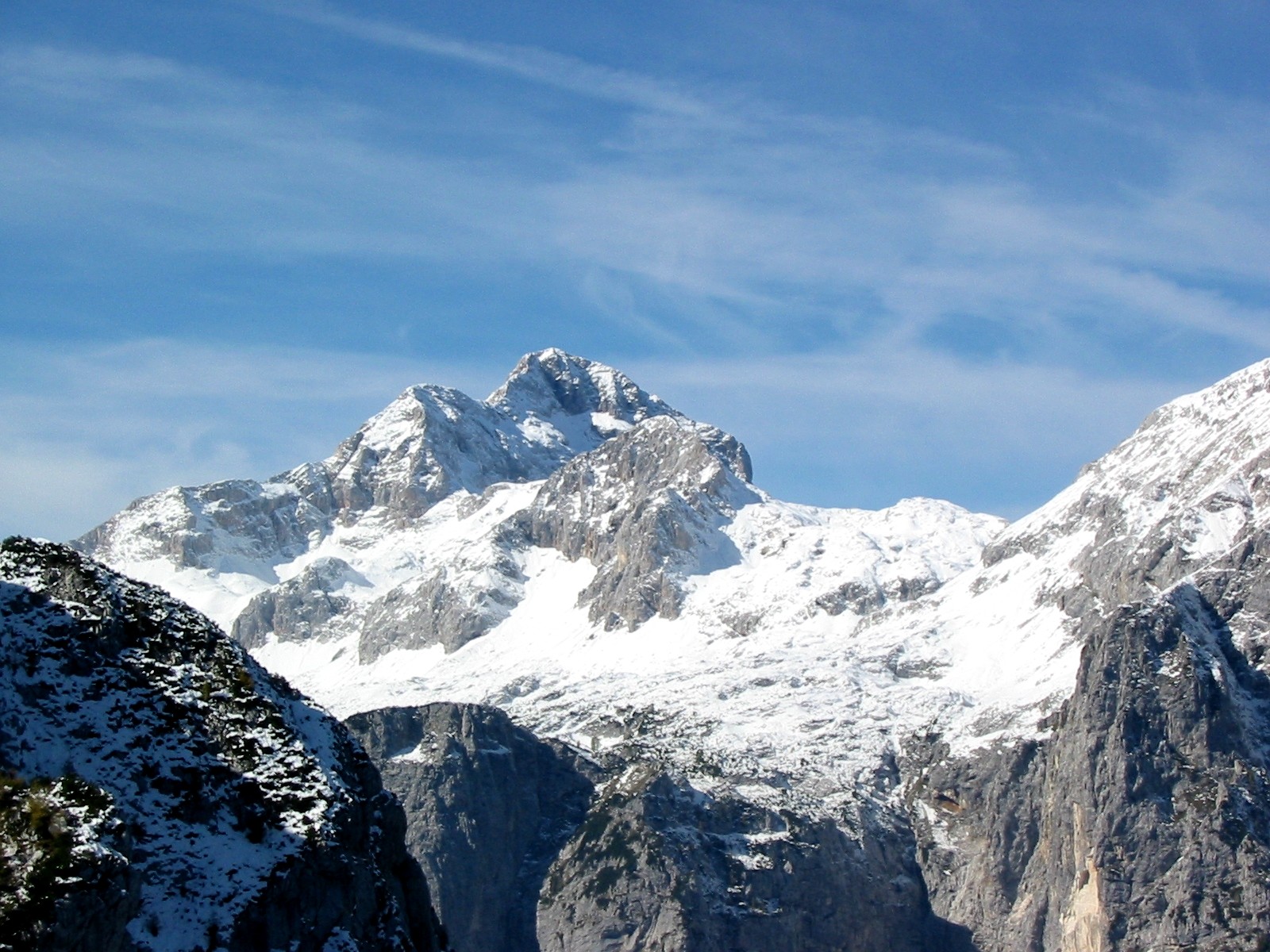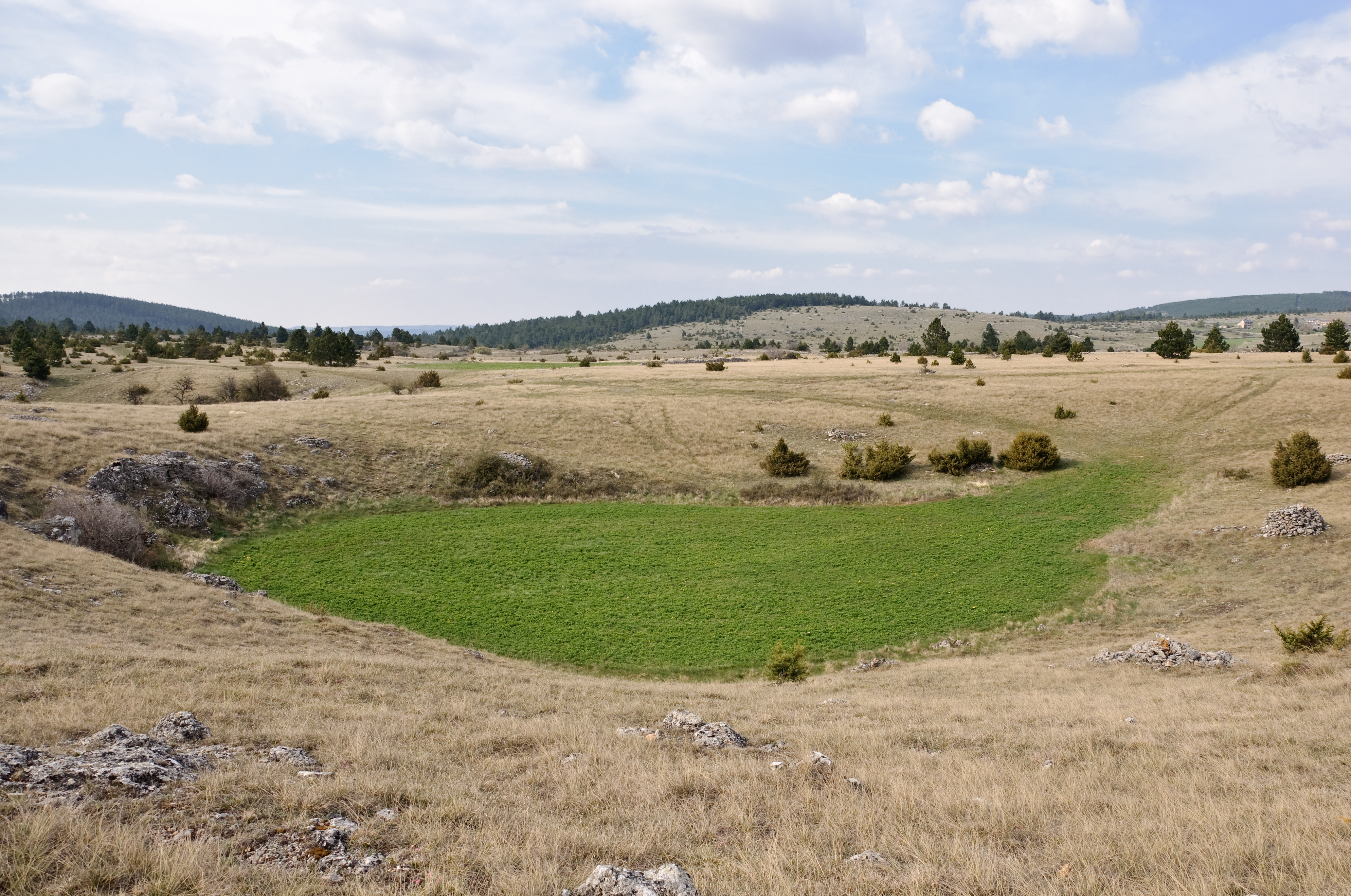|
Jelovica
Jelovica () is a karst plateau in northwestern Slovenia. It is the easternmost part of the Julian Alps and is overgrown by spruce forest. Partisan Peak (), originally known as Mount Kotlič, located on the southern part of the plateau, is its highest peak and reaches an elevation of . The northern part of the plateau has elevations up to . Iron ore was dug in Jelovica in the past. During World War II, Jelovica was a refuge for the Slovene Partisans. Nowadays, it is a protected area as part of the Natura 2000 Natura 2000 is a network of nature protection areas in the territory of the European Union. It is made up of Special Areas of Conservation and Special Protection Areas designated under the Habitats Directive and the Birds Directive, respectiv ... network. References External links * Plateaus in Upper Carniola Julian Alps Karst plateaus of Slovenia Natura 2000 in Slovenia {{Slovenia-geo-stub ... [...More Info...] [...Related Items...] OR: [Wikipedia] [Google] [Baidu] |
Julian Alps
The Julian Alps (, , , , ) are a mountain range of the Southern Limestone Alps that stretches from northeastern Italy to Slovenia, where they rise to 2,864 m at Mount Triglav, the highest peak in Slovenia. A large part of the Julian Alps is included in Triglav National Park. The second highest peak of the range, the 2,755 m high Jôf di Montasio, lies in Italy. The Julian Alps cover an estimated 4,400 km2 (of which 1,542 km2 lies in Italy). They are located between the Sava Valley and Canale Valley. They are divided into the Eastern and Western Julian Alps. Name The Julian Alps were known in antiquity as ''Alpes Iuliae'', and also attested as ''Alpes Julianae'' AD 670, ''Alpis Julia'' 734, and ''Alpes Iulias'' in 1090. Like the municipium of ''Forum Julii'' (now Cividale del Friuli) at the foot of the mountains, the range was named after Julius Caesar of the gens Julia, perhaps due to a road built by Julius Caesar and completed by Augustus. Eastern Julian A ... [...More Info...] [...Related Items...] OR: [Wikipedia] [Google] [Baidu] |
Karst
Karst () is a topography formed from the dissolution of soluble carbonate rocks such as limestone and Dolomite (rock), dolomite. It is characterized by features like poljes above and drainage systems with sinkholes and caves underground. There is some evidence that karst may occur in more weathering-resistant rocks such as quartzite given the right conditions. Subterranean drainage may limit surface water, with few to no rivers or lakes. In regions where the dissolved bedrock is covered (perhaps by debris) or confined by one or more superimposed non-soluble rock strata, distinctive karst features may occur only at subsurface levels and can be totally missing above ground. The study of ''paleokarst'' (buried karst in the stratigraphic column) is important in petroleum geology because as much as 50% of the world's Oil and gas reserves and resource quantification, hydrocarbon reserves are hosted in carbonate rock, and much of this is found in porous karst systems. Etymology ... [...More Info...] [...Related Items...] OR: [Wikipedia] [Google] [Baidu] |
Slovenia
Slovenia, officially the Republic of Slovenia, is a country in Central Europe. It borders Italy to the west, Austria to the north, Hungary to the northeast, Croatia to the south and southeast, and a short (46.6 km) coastline within the Adriatic Sea to the southwest, which is part of the Mediterranean Sea. Slovenia is mostly mountainous and forested, covers , and has a population of approximately 2.1 million people. Slovene language, Slovene is the official language. Slovenia has a predominantly temperate continental climate, with the exception of the Slovene Littoral and the Julian Alps. Ljubljana, the capital and List of cities and towns in Slovenia, largest city of Slovenia, is geographically situated near the centre of the country. Other larger urban centers are Maribor, Ptuj, Kranj, Celje, and Koper. Slovenia's territory has been part of many different states: the Byzantine Empire, the Carolingian Empire, the Holy Roman Empire, the Kingdom of Hungary, the Republic of Venice ... [...More Info...] [...Related Items...] OR: [Wikipedia] [Google] [Baidu] |
Spruce
A spruce is a tree of the genus ''Picea'' ( ), a genus of about 40 species of coniferous evergreen trees in the family Pinaceae, found in the northern temperate and boreal ecosystem, boreal (taiga) regions of the Northern hemisphere. ''Picea'' is the sole genus in the subfamily Piceoideae. Spruces are large trees, from about 20 to 60 m (about 60–200 ft) tall when mature, and have Whorl (botany), whorled branches and cone (geometry), conical form. Spruces can be distinguished from other Genus, genera of the family Pinaceae by their pine needle, needles (leaves), which are four-sided and attached singly to small persistent peg-like structures (pulvini or sterigmata) on the branches, and by their seed cone, cones (without any protruding bracts), which hang downwards after they are pollinated. The needles are shed when 4–10 years old, leaving the branches rough with the retained pegs. In other similar genera, the branches are fairly smooth. Spruce are used as food pla ... [...More Info...] [...Related Items...] OR: [Wikipedia] [Google] [Baidu] |
Slovene Partisans
The Slovene Partisans, formally the National Liberation Army and Partisan Detachments of Slovenia, were part of Europe's most effective anti-Nazi resistance movement Jeffreys-Jones, R. (2013): ''In Spies We Trust: The Story of Western Intelligence'', Oxford University Press, p. 87/ref>Adams, Simon (2005): ''The Balkans'', Black Rabbit Books, p. 1981/ref> led by Yugoslav revolutionary communists during World War II, the Yugoslav Partisans. Since a quarter of Slovene ethnic territory and approximately 327,000 out of total population of 1.3Lipušček, U. (2012) ''Sacro egoismo: Slovenci v krempljih tajnega londonskega pakta 1915'', Cankarjeva založba, Ljubljana. million Slovenes were subjected to forced ItalianizationCresciani, Gianfranco (2004Clash of civilisations, Italian Historical Society Journal, Vol.12, No.2, p.4 after the end of the First World War, and genocide of the entire Slovene nation was being planned by the Italian fascist authorities, the objective of the movement w ... [...More Info...] [...Related Items...] OR: [Wikipedia] [Google] [Baidu] |
Natura 2000
Natura 2000 is a network of nature protection areas in the territory of the European Union. It is made up of Special Areas of Conservation and Special Protection Areas designated under the Habitats Directive and the Birds Directive, respectively. The network includes both terrestrial and Marine Protected Areas. The Natura 2000 network covered more than 18% of the European Union's land area and more than 7% of its marine area in 2022. History In May 1992, the governments of the European Communities adopted legislation designed to protect the most seriously threatened habitats and species across Europe. The Habitats Directive complements the Birds Directive adopted in 1979, and together they make up the Natura 2000 network of protected areas. The Birds Directive requires the establishment of Special Protection Areas for birds. The Habitats Directive similarly requires Sites of Community Importance which upon the agreement of the European Commission become Special Areas o ... [...More Info...] [...Related Items...] OR: [Wikipedia] [Google] [Baidu] |
Plateaus In Upper Carniola
In geology and physical geography, a plateau (; ; : plateaus or plateaux), also called a high plain or a tableland, is an area of a highland consisting of flat terrain that is raised sharply above the surrounding area on at least one side. Often one or more sides have deep hills or escarpments. Plateaus can be formed by a number of processes, including upwelling of volcanic magma, extrusion of lava, and erosion by water and glaciers. Plateaus are classified according to their surrounding environment as intermontane, piedmont, or continental. A few plateaus may have a small flat top while others have wider ones. Formation Plateaus can be formed by a number of processes, including upwelling of volcanic magma, extrusion of lava, plate tectonics movements, and erosion by water and glaciers. Volcanic Volcanic plateaus are produced by volcanic activity. They may be formed by upwelling of volcanic magma or extrusion of lava. The underlining mechanism in forming plateaus from up ... [...More Info...] [...Related Items...] OR: [Wikipedia] [Google] [Baidu] |
Karst Plateaus Of Slovenia
Karst () is a topography formed from the dissolution of soluble carbonate rocks such as limestone and dolomite. It is characterized by features like poljes above and drainage systems with sinkholes and caves underground. There is some evidence that karst may occur in more weathering-resistant rocks such as quartzite given the right conditions. Subterranean drainage may limit surface water, with few to no rivers or lakes. In regions where the dissolved bedrock is covered (perhaps by debris) or confined by one or more superimposed non-soluble rock strata, distinctive karst features may occur only at subsurface levels and can be totally missing above ground. The study of ''paleokarst'' (buried karst in the stratigraphic column) is important in petroleum geology because as much as 50% of the world's hydrocarbon reserves are hosted in carbonate rock, and much of this is found in porous karst systems. Etymology The English word ''karst'' was borrowed from German in the lat ... [...More Info...] [...Related Items...] OR: [Wikipedia] [Google] [Baidu] |




